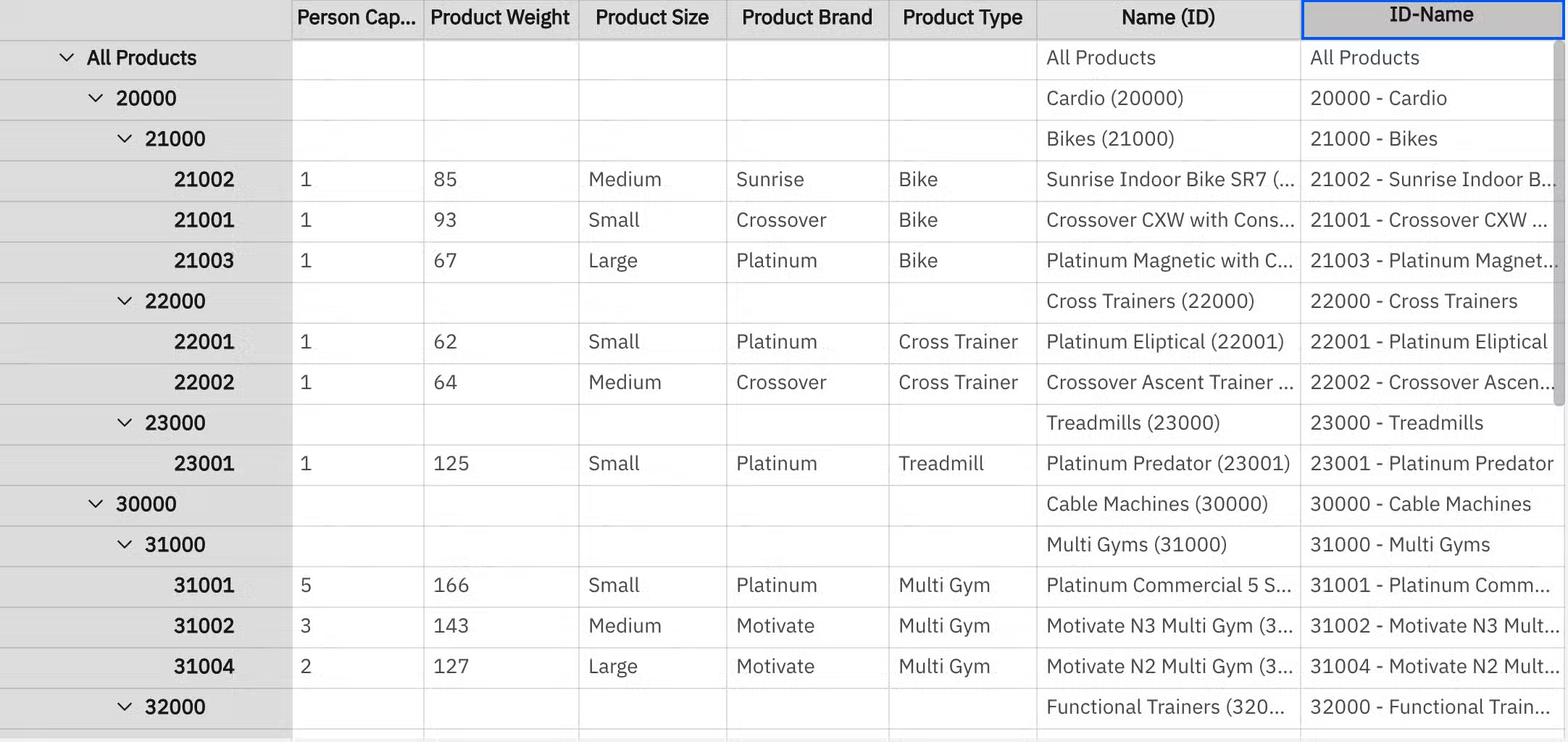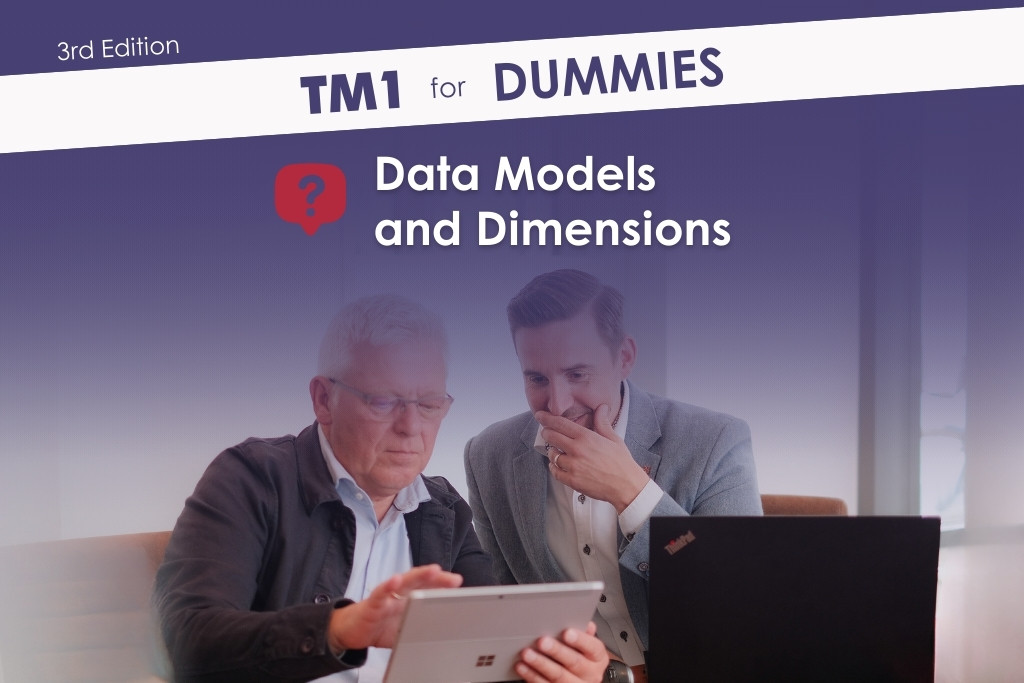IBM Planning Analytics enables flexible and efficient data analysis thanks to its multidimensional structure. But what are the fundamentals that make this system so powerful? This article provides a concise overview of the concepts of data models and dimensions – the building blocks that TM1 uses to organize, store and analyze data.
Note: For historical reasons, the term “TM1” is often still used synonymously for “IBM Planning Analytics”, but today it officially only refers to the database engine.
What is a data model in Planning Analytics?
A data model in Planning Analytics can be thought of as the heart of the application. It defines how data is organized, stored and made available for analysis. Essentially, a data model in Planning Analytics is a collection of cubes that store data in a multidimensional structure. These cubes allow data to be analyzed from different perspectives and categories.
The multidimensional structure of Planning Analytics offers the benefit that data can be analyzed flexibly and in real time. Data models are known for their ability to process large volumes of data quickly and efficiently.
Example: Suppose a company wants to analyze sales for a product category in different regions over time. In Planning Analytics, this analysis is organized in a cube that contains the dimensions product, region, and time.
What are dimensions?
Dimensions are the basic structural elements that determine the way data is organized in Planning Analytics. A dimension is a collection of related elements that together provide a particular perspective on the data. In the context of a cube, dimensions are the axes along which data is analyzed.
An example of a simple sales cube:
- Product dimension: Contains a list of the products that the company sells.
- Regional dimension: Contains various regions, such as countries or cities in which the company operates.
- Time dimension: Contains the years, months, or days for which sales data is available.
Each dimension consists of so-called elements. These elements can also be organized in a hierarchy. For example, a product dimension can have several hierarchy levels: Product category, product group and individual product. This structure makes it possible to analyze data at different aggregation levels – from an overall view to a detailed analysis of individual products.

The connection between cubes and dimensions
A cube in Planning Analytics is a combination of several dimensions. You can think of a cube as a multidimensional data container in which each axis represents one of the dimensions. For example, if a cube uses the dimensions product, region and time, the sales data in this cube can be stored and analyzed along these dimensions.
Understanding how cubes and dimensions work together is key to modeling data for a variety of business issues. A well-designed data model not only enables fast queries, but also the flexibility to look at data in different ways to gain valuable insights.
Best practices: How should you build dimensions and data models in Planning Analytics?
- Simplicity is key: For beginners in particular, it is advisable to keep dimensions as simple and comprehensible as possible. Fewer but clearly structured dimensions ensure that the model remains clear.
- Use hierarchies: Through the clever use of hierarchies within dimensions, analyses can be carried out at various levels of detail – from total sales to individual products.
- Reuse of dimensions: Dimensions can be reused in different cubes. This ensures consistency and saves time during modeling.

Conclusion
IBM Planning Analytics enables flexible and efficient data analysis through the combination of cubes and dimensions. A well-structured data model with clear dimensions and hierarchies ensures fast queries and valuable insights. This allows you to make well-founded and dynamic business decisions.
Would you like to make optimal use of Planning Analytics or develop a customized data model? Contact us – we will be happy to advise you!







